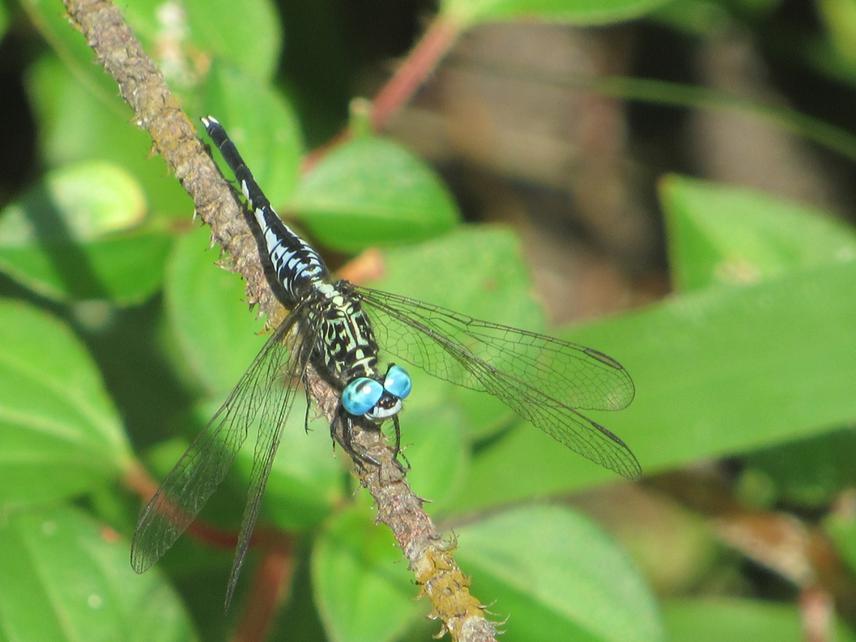Social media video featuring the project.
Landscape Restoration Steward @GLF, @YIL
15 Jan 2021 Sunmoge, Nigeria, Africa Invertebrates | Forests | Education
A Survey of Odonata and Reassessment of the Distribution of the Endangered Yellow Waxtail Damselfly (Ceriagrion citrinum), Nigeria
One of the world’s endangered insect, Ceriagrion citirinum exist at low density and is particularly vulnerable to extinction in Sunmoge due to anthropogenic activities. The aim of the project is a behavioral change of residents from activities that put pressure on the species. The project is designed to:
• assess the current population of the damselfly through as systematic survey
• plant 200 tree seedlings around its fragmented habitat.
• train fishers on sustainable fishing methods so as to reduce the pressure on the target species.
• provide environmental education to the residents to reduce the extent of pollution of the habitat. An intended outcome of the project is the creation of an online database of insects of ecotourism.

Acisoma inflatum. ©Ekpah Ojonugwa
Ceriagrion citrinum is an endangered species of damselfly endemic to Nigeria and Benin Republic. There is a very high level of anthropogenic pressure put on this species in Sunmoge, some of which is over-fishing which harvests the nymphs and defecation in the river near the microhabitat. There is also overgrazing near the already fragmented habitat.
This project will engage the community in Sunmoge to protect this species through a series of conservation intervention including afforestation of Sunmoge forest and conservation education as well as capacity building. In addition to answering questions on C. citrinum in terms of behaviour, habitat, abundance and distribution in the research areas (information that will be relevant to IUCN red-listing), the project will produce an online database of dragonflies from the research area. This will serve as a guide to future entomologists who may be interested in dragonflies. The work will contribute to regional conservation planning by providing a baseline dataset concerning the status of West African dragonflies. This will be achieved by the provision of an online data base therefore providing a platform for people engagement.
Some of us had the childhood experience of catching the dragonfly. Although we could differentiate the feature of one species from another, no one was available to tell us the names of these colourful insects. The students in Sunmoge will benefit from this work through the coordinated field trip and environmental education by the creation of a conservation club in Sunmoge primary school. Students who will participate in the environmental club will be offered one school bag each containing writing materials necessary for the conservation club class. They will also have access to a digital camera on the field to take photos of dragonflies.
The adult will however benefit from environmental hygiene education. The hygiene education will involve the entire marginalized community of Sunmoge, a village of about 200 household living on and along the river in thatch houses. By 2021, the community will practice proper and safer waste disposal rather than deposit wastes in the water which is the habitat of the target species.
Social media video featuring the project.
Landscape Restoration Steward @GLF, @YIL
I am happy to inform you that I will be joining the University of Oxford in September, 2022 as an A. P. Leventis African Biodiversity Fellow for 3 months. This opportunity came following the successful completion of the project on Ceriagrion citrinum which you funded. In the light of this, The Rufford Foundation is well appreciated in the concept of this present project in the University of Oxford.